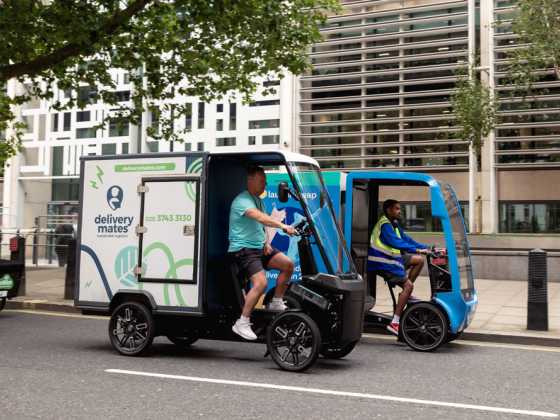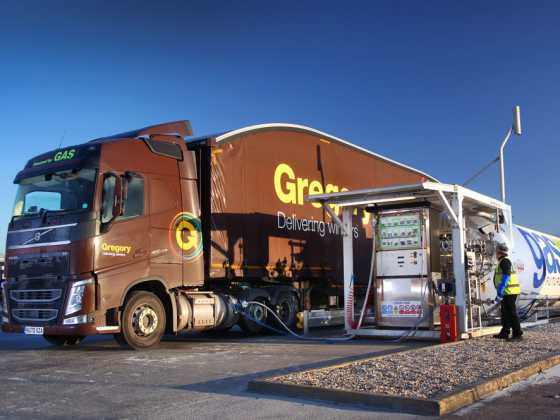A holistic approach to meeting climate targets

With the ban on new ICE vehicles brought forward to 2030, the pressure is on public sector fleets to make the switch to electric and other alternatively fuelled vehicles. But it’s not just about the vehicles purchased. Calum Slowther from vehicle movement specialist Engineius shares how the public sector can take a holistic approach to carbon reduction
With the ban on new ICE vehicles brought forward to 2030, the pressure is on public sector fleets to make the switch to electric and other alternatively fuelled vehicles. What should they consider before making the switch?
As the old saying goes: Fail to prepare and prepare to fail.
A lot of preparation is needed and can be done before electric vehicles actually arrive in the car park or on driveways for the first time. In the delivery process, we often find preparation has not been done and it results in delays to the EV roll out programme.
Practical actions include surveying staff to find out which have charge points already installed, or good access to public ones (and who wants an EV the most!).
Fleet operators can also begin installing charge points well ahead of delivery, as well as create training materials for staff on how to use EVs. These can be put online so people can easily access them and read at their own speed.
EVs, in particular, are in short supply right now. Taking proactive actions prior to switching will ensure that public sector fleets are ready to adopt EVs as soon as they are available.
The public sector is expected to lead the way when it comes to sustainability. How can they be creative in meeting their climate targets, looking beyond just vehicles?
The closest place to look is their vehicle supply chain. Vehicle movement providers, for example, vary greatly in their carbon footprints. Those using chaser vehicles to drop off and collect drivers are driving more than double the necessary miles.
Our work with one of the largest fleets in the country in 2019 suggested they were driving 24 miles for every 10 miles of necessary vehicle movement, purely through ferrying drivers for servicing visits.
At Engineius, on the other hand, our drivers organise their own travel using public transport.
Beyond that, eat plants and continue to do meetings on Zoom!
In what ways can the government accelerate the adoption of zero emission transport?
First and foremost, the government needs to ensure that 100 per cent of electricity is generated from renewable energy sources. This dictates how environmentally friendly EVs actually are (as well as other electricity-using devices). In Germany, for example, much of the electricity supply is still generated by coal power, meaning EVs are less environmentally friendly.
To encourage usage, it is key that governments make it cheap and convenient to use zero emission transport. If they do that, adoption will look after itself as consumers will naturally make choices in the environment’s interest as well as their own.
Regarding vehicle movement specifically, do not get your new EV delivered on a transporter. This quickly gives your zero emission vehicle a carbon footprint before you have driven it a mile.
A significant amount of business travel in the public sector is undertaken by drivers in their own vehicles. But with ‘grey fleet’ vehicles generally being older, more polluting and potentially more dangerous, what can the public sector do to manage the issue?
This is clearly a difficult area that is not easily solved. Our advice to public sector fleets would be to measure grey fleet usage and its carbon footprint. At Engineius, we are firm believers that you cannot manage what you don’t measure. The numbers might not immediately say what you want them to, but they give you a starting point and impetus for change, as well as information on what you need to do to bring about change.
One really practical example of the power of data in helping the environment is our work with one of the biggest dealer groups in the country. They have over 50 sites across England and were transporting nearly 60 per cent of inter-dealer transfers on transporters. By playing back these figures to senior management, they took the decision to ban all transported movements (much worse for the environment than driven movements) for used vehicles. Transported movements now account for only 30 per cent of movements.






